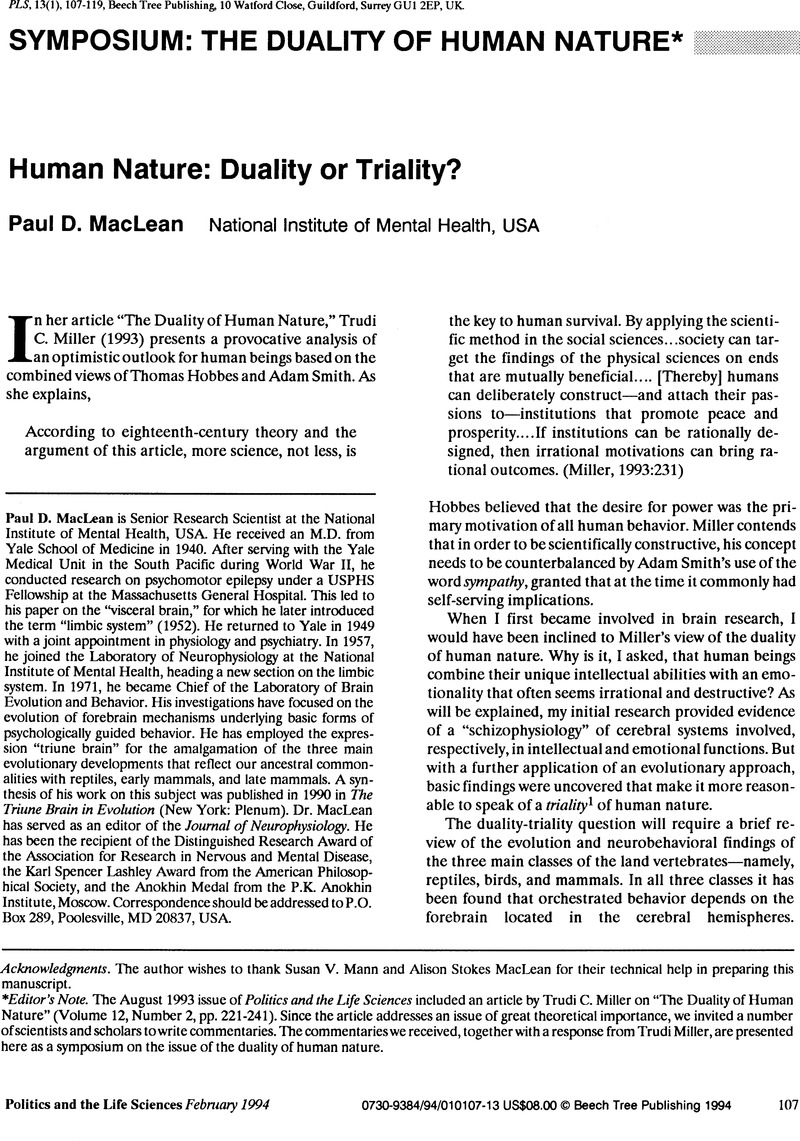Crossref Citations
This article has been cited by the following publications. This list is generated based on data provided by Crossref.
2014.
Stress Management in the Construction Industry.
p.
53.
Levine, Daniel S.
2017.
Modeling the instinctive-emotional-thoughtful mind.
Cognitive Systems Research,
Vol. 45,
Issue. ,
p.
82.
Nascimento, Leonardo Niro
2017.
Evolution in the Brain, Evolution in the Mind: The Hierarchical Brain and the Interface between Psychoanalysis and Neuroscience.
Psychoanalysis and History,
Vol. 19,
Issue. 3,
p.
349.
Silva, José
and
Neves, João
2020.
Perspective on Design.
Vol. 1,
Issue. ,
p.
55.



